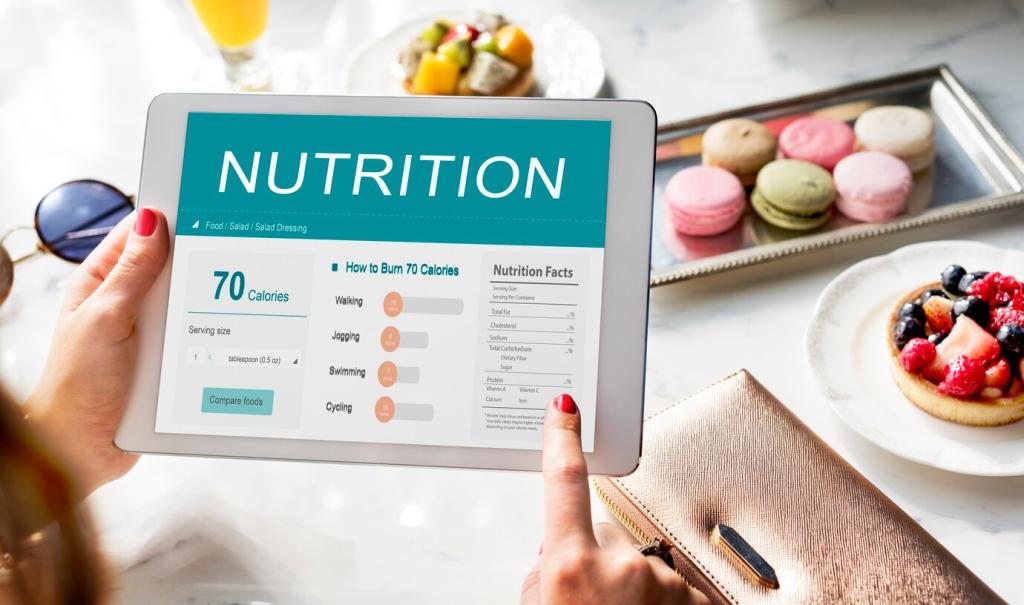Pre-Workout Meals You Can Make in Minutes
Try banana with peanut butter, toast with ricotta and honey, or oatmeal with berries. These options digest smoothly, fueling bodyweight circuits, Pilates, or dumbbell sets without mid-workout sluggishness.
Pre-Workout Meals You Can Make in Minutes
A small coffee or tea thirty minutes before training can lift focus and perceived effort. Pair caffeine with carbs and avoid heavy fats so your living room session stays sharp and comfortable.






